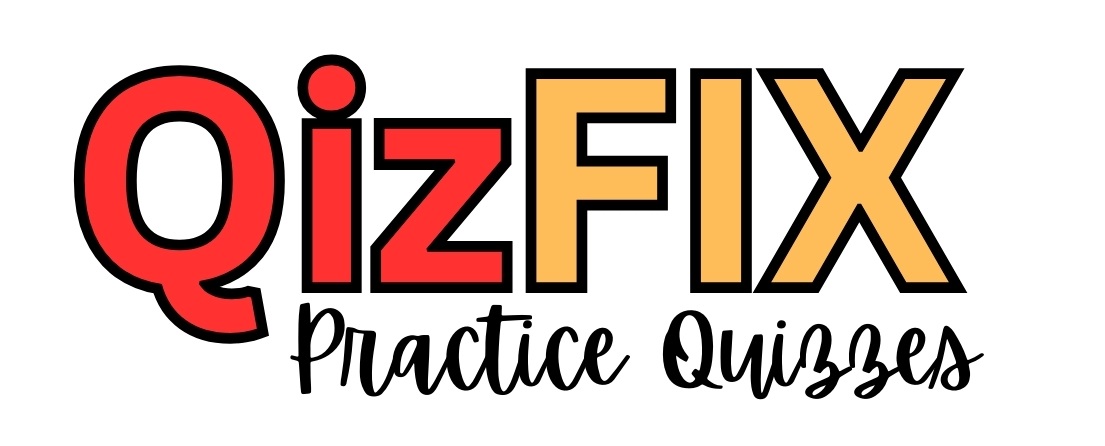- The evidence indicates that, on average, a company’s stock price declines when it announces a new issue of equity. True
- Debt financing results in lower after-tax earnings relative to equity financing. True
- The interest tax shield reduces a firm’s taxes by the amount of interest on its debt. False
- If the return on invested capital is greater than the after-tax interest rate, then a higher debt-to-equity ratio increases return on equity. True
- The M&M irrelevance proposition assures financial managers that their choice between equity and debt financing will ultimately have no impact on firm value. False
- In some instances, additional debt financing can encourage managers to act more in the interests of owners. True
- If the maturity of a company’s liabilities is less than that of its assets, the company incurs a refinancing risk. True
- If the maturity of a company’s liabilities is less than that of its assets, the company incurs a refinancing risk False
- When a company is in financial distress, its shareholders may have an incentive to undertake excessively risky investments. True
- Inflation benefits borrowers only if the inflation is unexpected. True
- The best financing choice is the one that maximizes expected cash flows.
- Homemade leverage is the borrowing or lending of money by individual shareholders as a means of adjusting their level of financial leverage.
- The basic lesson of the M&M theory is that the value of a firm is dependent upon the total cash flow of the firm.
- In general, the capital structures used by non-financial U.S. firms vary significantly across industries.
- Which of the following is NOT likely to be a prudent financing policy for a rapidly growing business? Borrow funds rather than limit growth, thereby limiting growth only as a last resort.
- Which of the following is NOT an implication of the pecking order theory of capital structure? More-profitable firms (all else equal) should have higher debt ratios.
- Salinas Corporation has net income of $15 million per year on net sales of $90 million per year. It currently has no long-term debt but is considering a debt issue of $20 million. The interest rate on the debt would be 7%. Salinas Corp. currently faces an effective tax rate of 40%. What would be the annual interest tax shield to Salinas Corp. if it goes through with the debt issuance? $560,000
- Which of the following statements regarding interest tax shields is correct? Taxable income is reduced by the amount of the interest on a firm’s debt.
- Which of the following would NOT be considered a cost of financial distress? Lack of interest tax shields
- When considering the impact of distress costs on capital structure, which of the following facts should lead ABC Corporation to set a higher target debt ratio than XYZ Corporation (all else equal)? ABC’s cash flows from operations are less volatile than XYZ’s.
- According to the pecking order theory of capital structure, why do firms avoid issuing equity? Because equity issuance signals that managers believe their stock is overvalued, which causes the price of the stock to fall
- Under the simplifying assumptions of Modigliani and Miller, an increase in a firm’s financial leverage will increase the variability in earnings per share.
- JKL Corporation has a projected times-interest-earned ratio of 4.0 for next year. What percentage could EBIT decline next year before JKL’s times-interest-earned ratio would fall below 1.0? 75%
Other Links:
See other websites for quiz:
Check on QUIZLET
